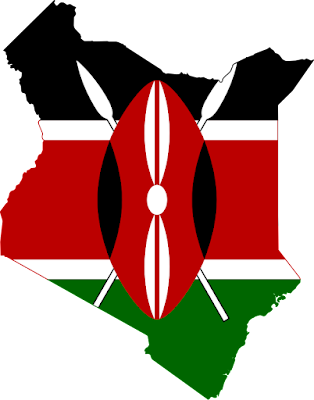KENYA
HOUSING DEFICIT vs POPULATION IN KENYA
The current population of Kenya is 56,962,620 as of Wednesday, March 15, 2023, based on Worldometer elaboration of the latest United Nations data.Kenya has the most populated nation in the East African Community and the greatest economy in East Africa. It also holds the position of being the second most populous in the EAC. The GDP of Kenya in 2021 was Ksh12.098 trillion, which is equivalent to $102.6 billion in US dollars, and the economy expanded by 7.5%.
As of December 2021, Kenya had 38 commercial banks, with 32 offering residential mortgages. The value of residential mortgage loans was Ksh245.1 billion (US$2.08 billion), out of which 11.6% were non-performing loans. The Monetary Policy Committee raised the central bank rate from 7.5% to 8.25% in September 2022. Kenya’s National Treasury also offers risk-free government securities through Treasury bills and bonds.
The high costs of development-class land and buildings are the main problems making affordable housing unattainable for low-income Kenyans. The cost of land in Nairobi’s satellite towns ranges from Ksh9.8 million (US$83,149) per acre in Kiserian to Ksh27.1 million in Ngong. One-bedroom flats in Ngara/Pangani rent for Ksh25,000 (US$212) per month, including service fees. Continued urbanisation has resulted in a rise in the cost of land in Nairobi and surrounding regions, impeding the creation of affordable homes.
Residential housing trends to watch include student housing and tenant-purchase schemes, where a tenant pays rent over a period and eventually owns the unit outright. There has also been growth in off-grid lighting and energy solutions. Ten million people rely on quality-verified off-grid solar products for lighting, but more green technologies and solutions, especially for water and sanitation services, are needed.
With the current rise in Rural Urban movement, investing in the satellite towns of the Kenyan Cities is an assurance of high returns on investment.
See some of the available investment opportunities here: www.optiven.co.ke/properties
For more info on how to tap into these opportunities in the Kenya real estate sector contact
James Ploti
Tel / Whatsapp: +254708459336
It is estimated that 22 percent of Kenya's population in the five cities dwell in slums. That is 10 million out of the 47million Kenyans. This is according to the 2019 census report.
FOOD FOR THOUGHT: 4,666,027 Kenyans live in the rental apartments and out of this number 3,669,425 rent houses in the urban centres while 990,602 rent in the rural areas. Nairobi 1,354,882 records the highest number of Kenyans staying in the rental apartments followed by Kiambu 498,012, Nakuru 322,762 and Mombasa 279,830.




Wow this is truly a food for thought
ReplyDeleteThanks for reading, kindly share
DeleteGreat Great insight. Good research 👌 kudos!
ReplyDeleteThanks for reading, kindly share
DeleteGood establishment of information. Thankyou. Do you have lo5ans offers thru bank mortgage
ReplyDeleteThanks for reading this, we do not offer loan though we can offer you an investment opportunity on a lipa pole pole basis
Delete